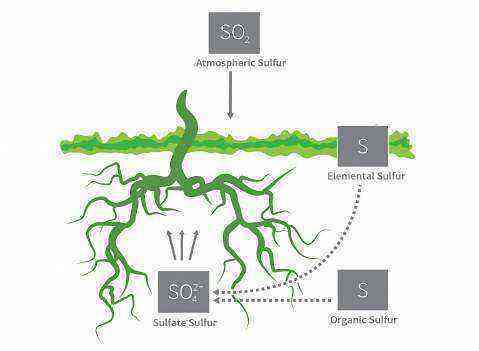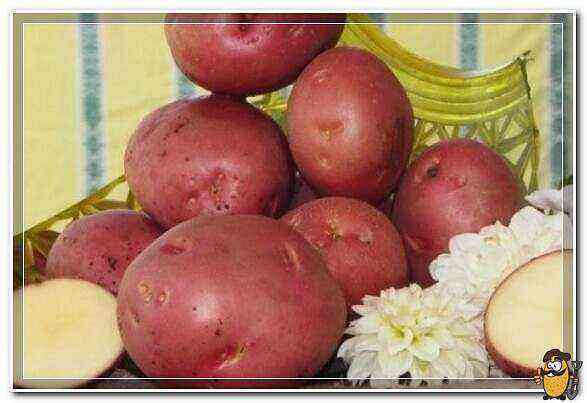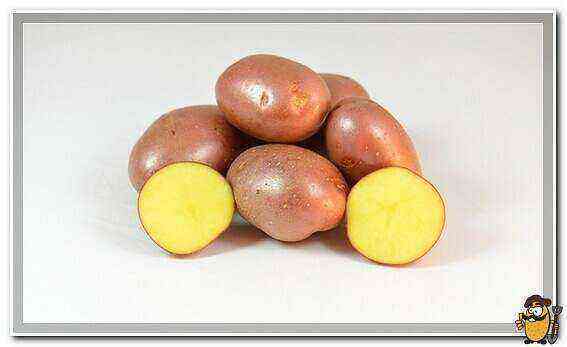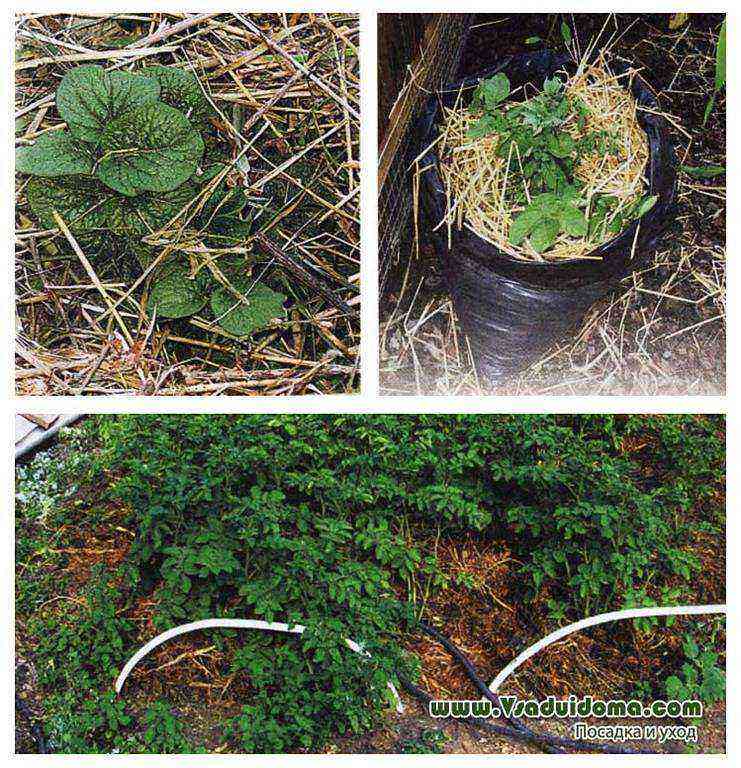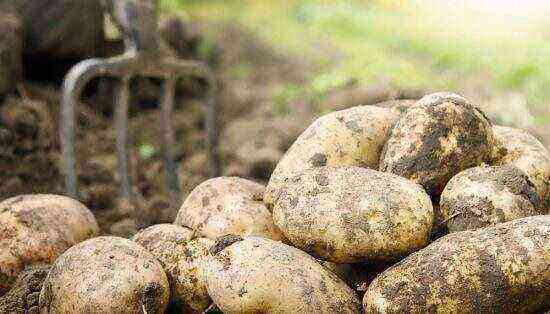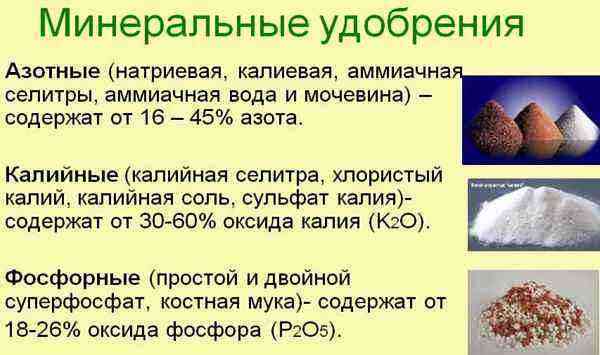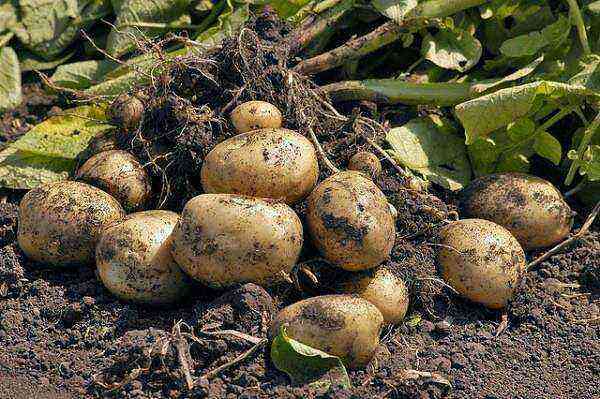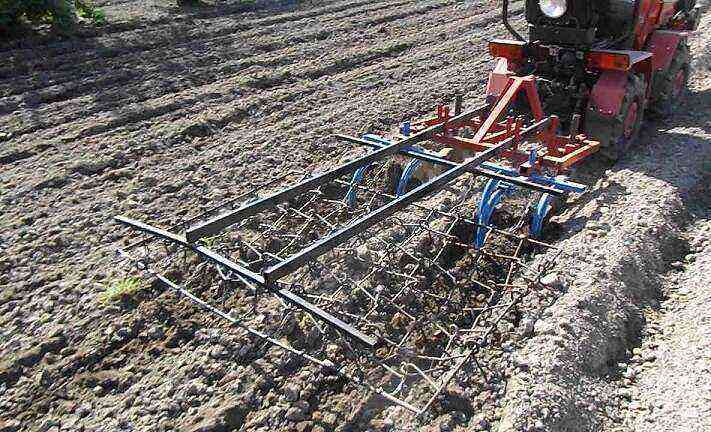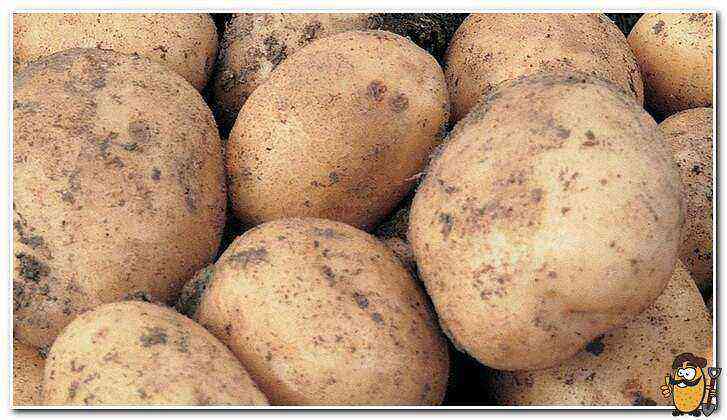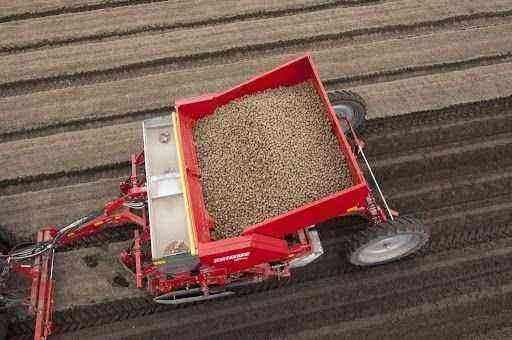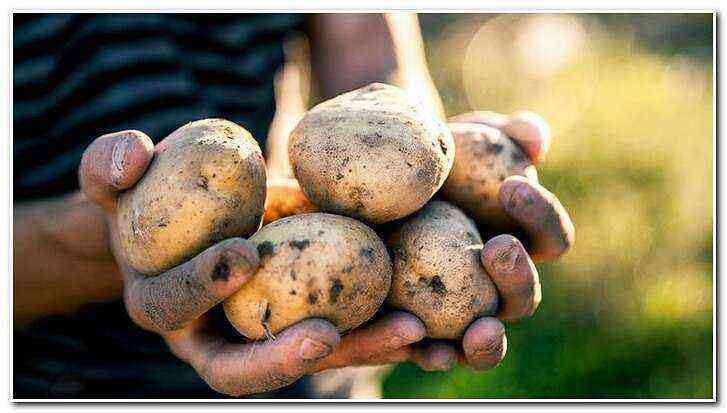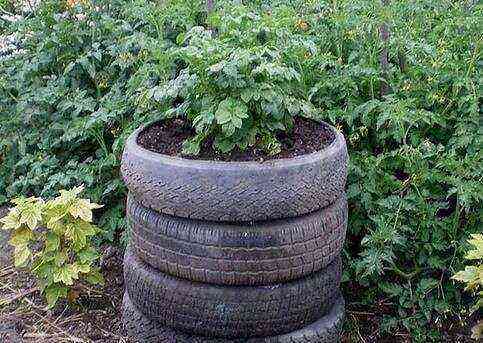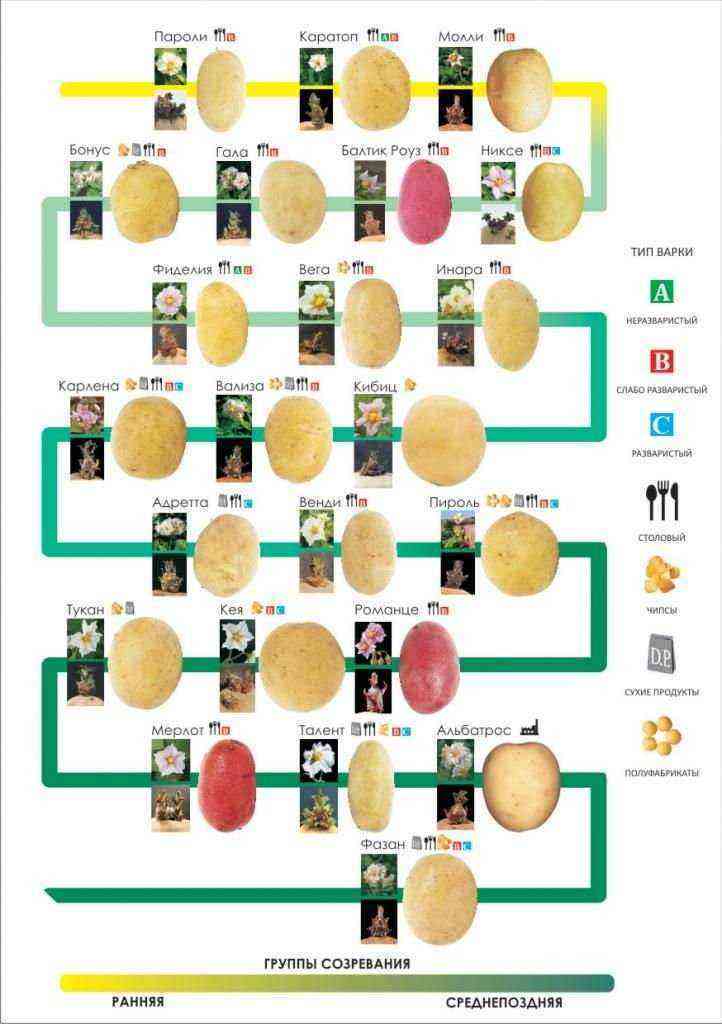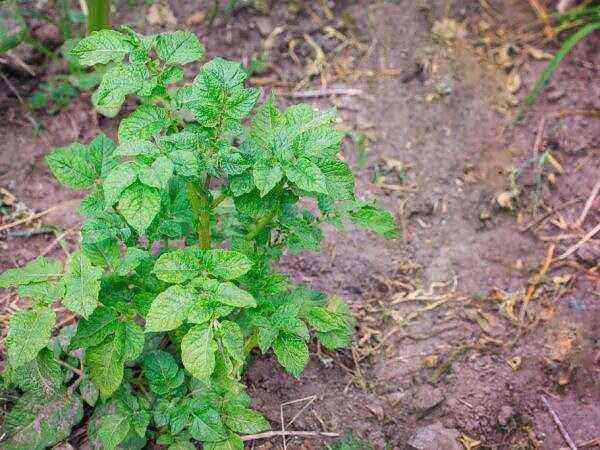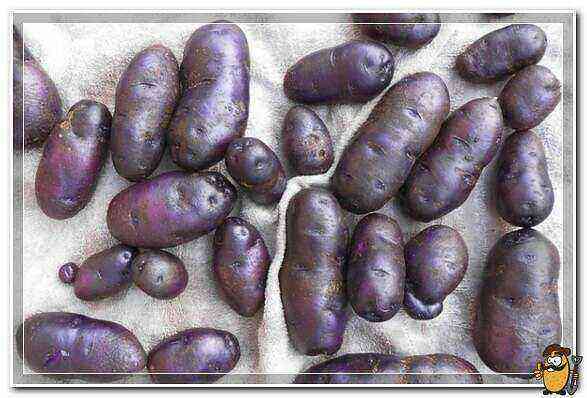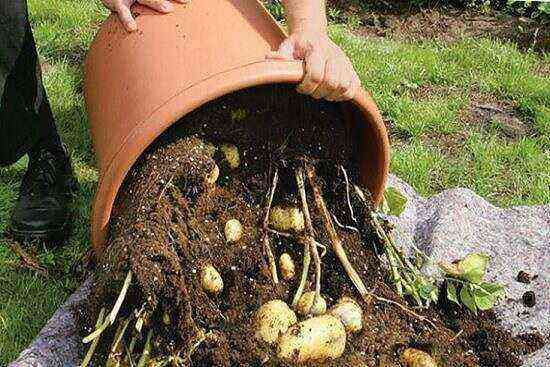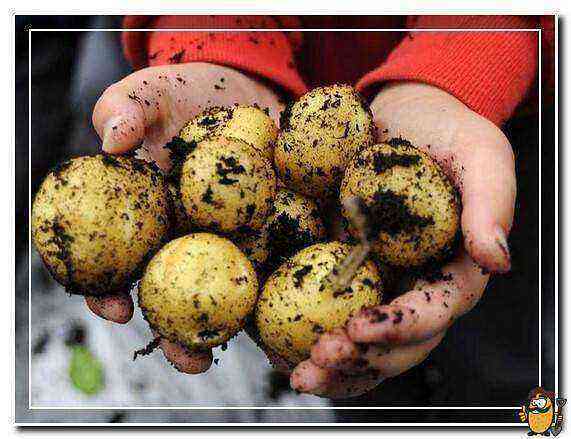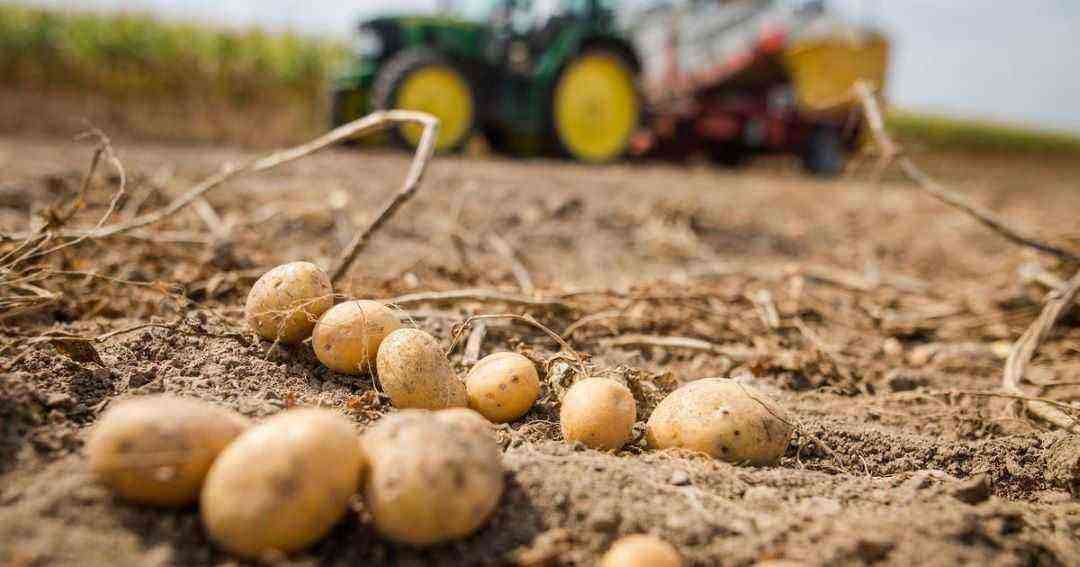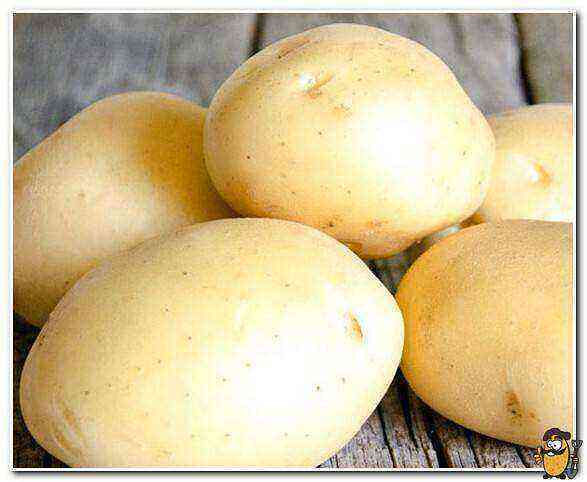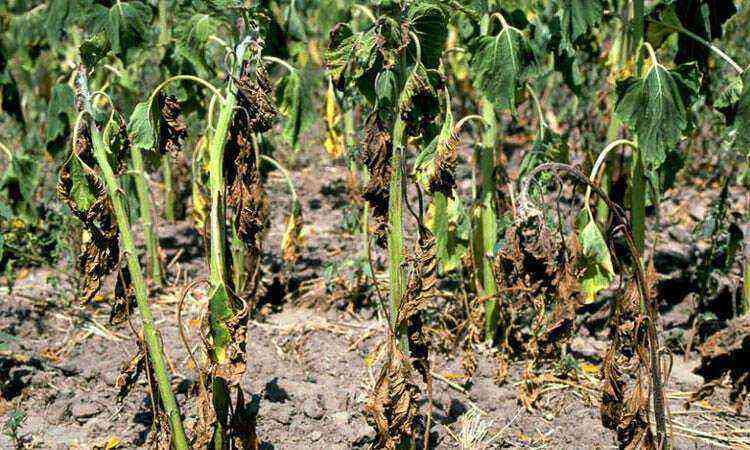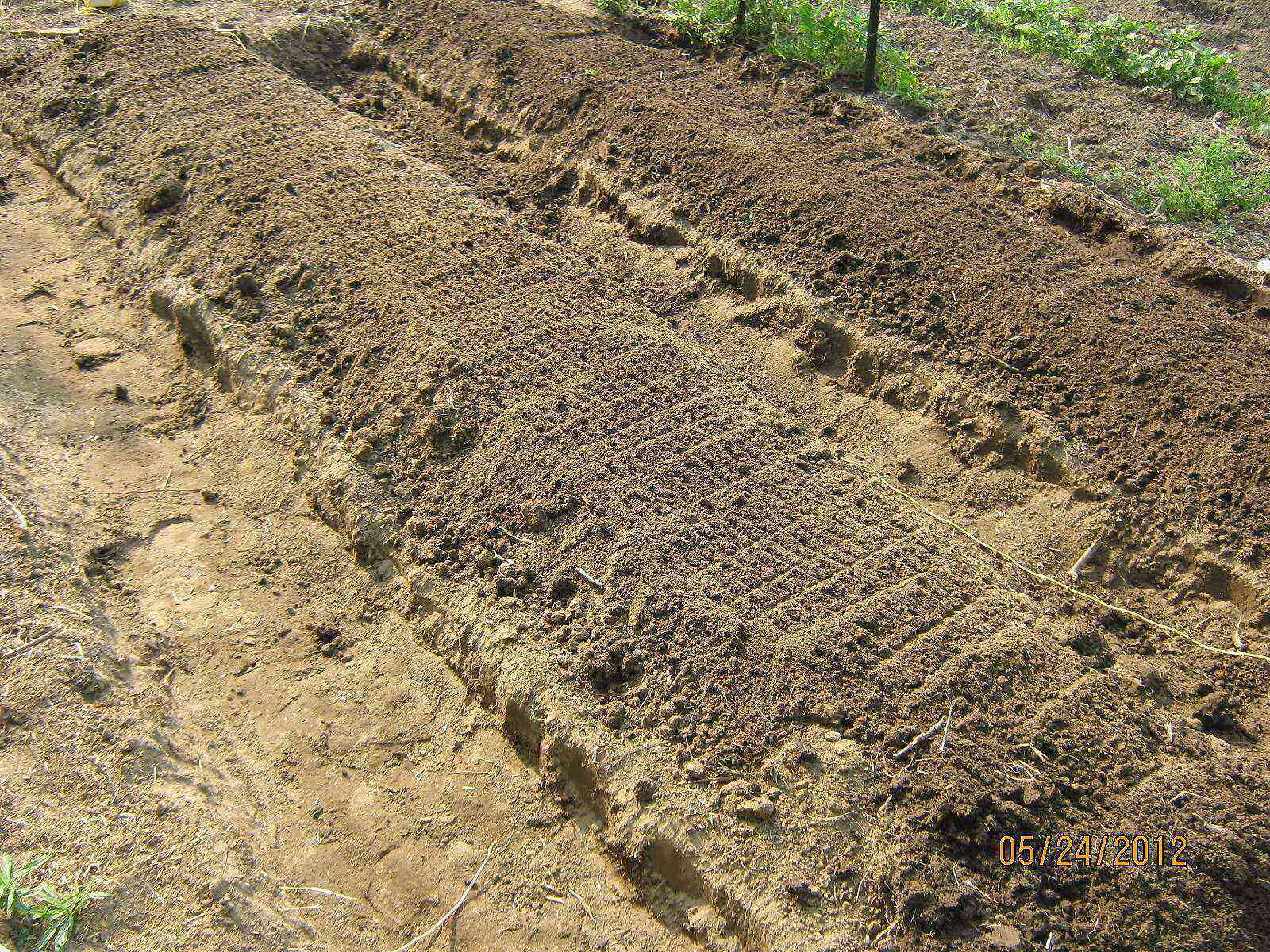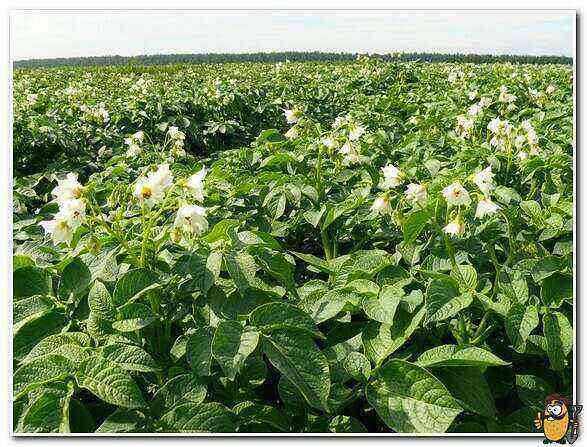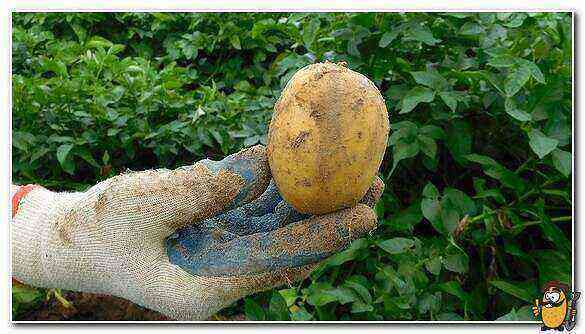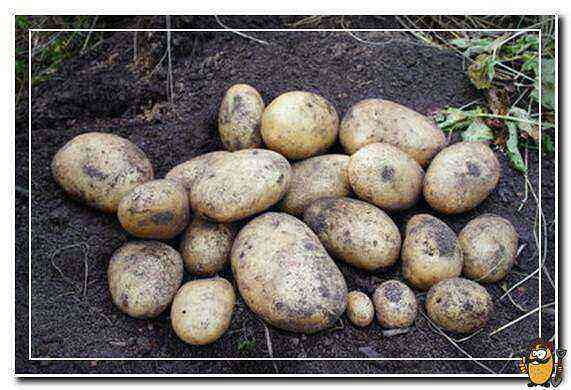The cultivation of potatoes requires a high level of all agrotechnical measures. This can include both plant protection and agrotechnical features associated with the regulation of row spacing, in a word, from the orientation of agricultural practices to minimize losses from harm to biotic and abiotic factors to direct measures against pests and diseases. This requires the introduction of adaptive and integrated farming in each region.
Head of the agronomic service GC “Chance” Ilya Dobrenko told what needs to be considered to get healthy potato plantings:
1. Ensuring the requirements of the culture to soil and environmental conditions.
2. Introduction of appropriate crop rotations with the return of potatoes not less than in 3-4 years. Such criteria prevent damage to potatoes by nematodes, scab, rhizoctonia and viral diseases.
3. To conduct soil protection technologies aimed at increasing the organic matter in the soil, with the subsequent formation of humus. Increase of humus in the soil.
4. Timely application of mineral fertilizers and in the required quantities.
5. Processing of crop residues of the predecessor, as a rule, from the fall of last year.
6. Sowing tubers at the optimum time, taking into account the soil and climatic characteristics of the region.
7. Regulation of planting density, uniform distribution of plants in the field.
8. Selection of resistant or tolerant varieties to reduce the risk of late blight, nematodes, viral diseases of potatoes.
9. Compliance with phyto-hygiene measures: fight against intermediate hosts of diseases and pests of potatoes, get rid of the remainder of the potato by turning the layer, as well as respecting the space between plants.
10. Pest prevention. In the early stages of potato development, the pickling of potato tubers with preparations based on the active ingredients of teamethoxam and imidacloprid is of great importance. To prevent the development of potato diseases, such as fusarium wilting, rhizoctonia, black leg, scab, before planting, it is necessary to dress the tubers with active substances, such as difenoconazole.
The ideal precursors for potatoes are winter wheat and corn. After them, a lot of crop residues remain, which makes the soil more porous, loose, structured. These precursors have a beneficial effect on the formation of tuber quality. Potatoes should appear in the same field only after 3-4 years. That is, different crops have been planted on the field over the years. You cannot plant nightshades, as potatoes also belong to this family. Solanaceae share common pests and common pathogens. Crop rotation must be observed.
An integrated system of measures for the protection of potato plants is the improvement of diagnostics of diseases and pests, forecasting and monitoring of foci and the number of harmful objects. In order to combat, especially against late blight and Colorado potato beetle, digital programs are used in some farms. They help improve efficiency.
If we know that potatoes are susceptible to late blight, as a rule, a row spacing of up to 90 cm is immediately planned, if the technique allows. Now in the Russian Federation, the European equipment Grimme is popular, which is made for a row spacing of 75 cm. Those who use Soviet equipment designed for a row spacing of 70 cm cannot get more row spacings. Therefore, such aisles are made that the equipment used allows. Depending on the size of the tubers, the distance between the plants in the row should be determined. Where the weather is hotter and drier, which means that the risk of late blight is lower, the distance is shorter. But in the north, due to high humidity, the abundance of dew is more, since the risk of late blight is higher.
Late blight affects the ground mass of potatoes, and can partially affect the root system. Brown-brown spots appear, which subsequently lead to the death of the entire plant. It is especially dangerous in the early stage of potato development during the germination phase.
To prevent late blight, preventive chemical treatment with fungicidal preparations is carried out. If the first lesions appear, then it is necessary to immediately apply drugs of contact and systemic action, to stop this focus. To stop the focus of late blight, fungicidal preparations based on mancozeb and metaxil are used. The number of treatments depends on the availability of irrigation and the amount of precipitation – from 2 to 5. Accordingly, the more rainfall, the more treatments. Processing is carried out every 10-15 days.
As a prophylaxis of late blight, high doses of phosphorus and potassium fertilizers are used. A high concentration of these fertilizers increases the immune response of plants, and increases resistance to disease.

